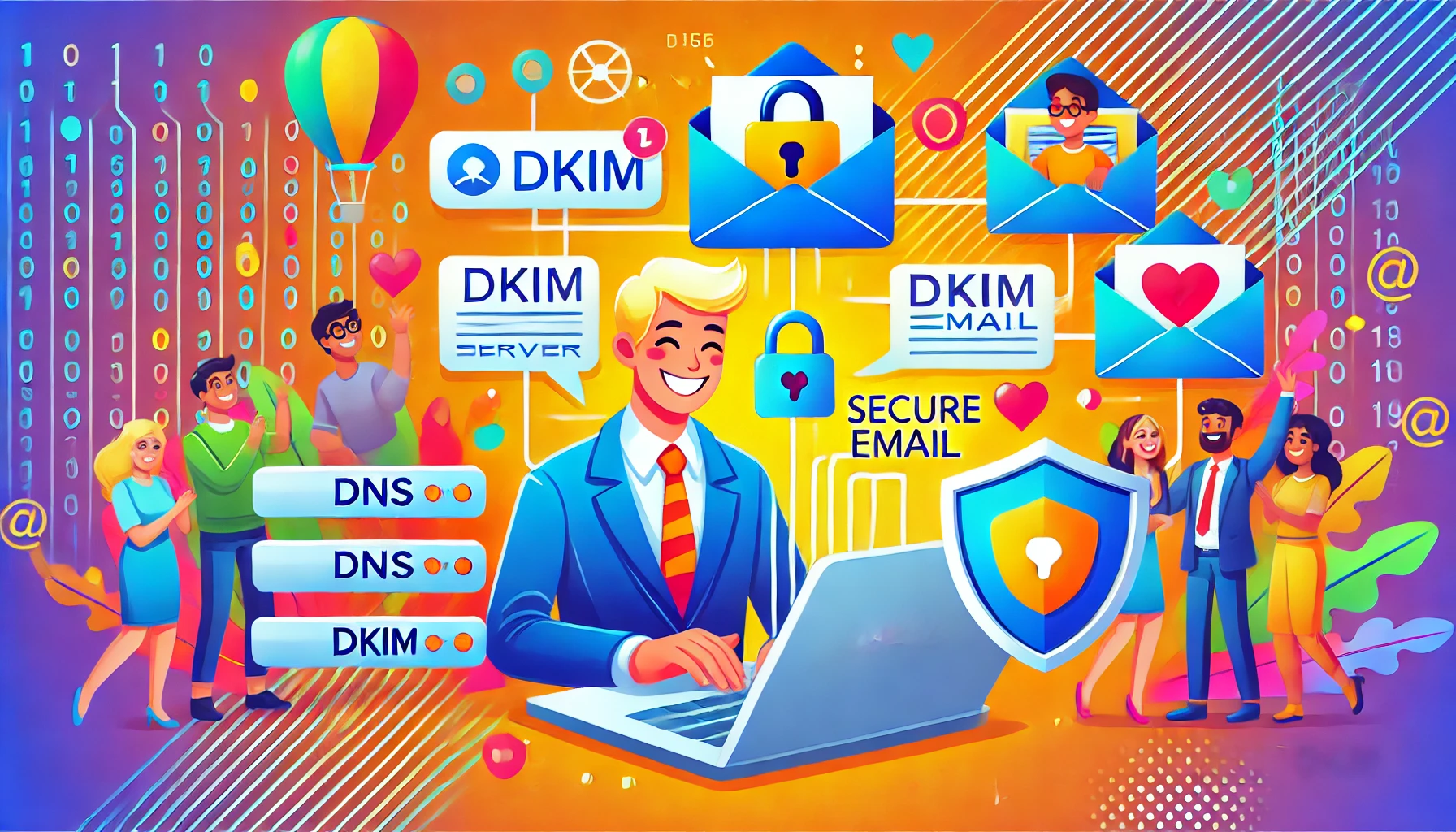What is DMARC protocol and why is it important for email security?
In today's digital age, cyber threats are becoming more and more frequent and sophisticated. Among the most common and dangerous forms of cyber attacks are phishing and spoofing, which use email communications to deceive users and obtain sensitive information. One effective tool that can help organizations protect their email systems from these threats is a DMARC certificate.
What is DMARC?
DMARC (Domain-based Message Authentication, Reporting & Conformance) is an email authentication protocol designed to protect domains from unauthorized use, often referred to as email spoofing. Spoofing is a technique in which an attacker spoofs the address of the sender of an email to make it appear that the message came from a trusted source.
How does DMARC work?
DMARC works in combination with two other authentication protocols: SPF (Sender Policy Framework) and DKIM (DomainKeys Identified Mail). These protocols help verify that an email message actually originated from the domain from which it claims to have been sent. DMARC adds an additional layer of protection by allowing domain owners to specify how receiving servers should handle email that does not pass SPF or DKIM checks.
The DMARC record is published in the domain's Domain Name System (DNS) and contains policies that tell receiving servers how to respond to emails that do not meet authentication criteria. Policies may include:
- Monitoring (none): Emails that do not pass authentication are delivered, but are logged in a report for analysis.
- Quarantine: Emails that do not pass authentication are moved to the spam folder.
- Reject: Emails that do not pass authentication are completely rejected and not delivered.
Why is DMARC important?
- Phishing and Spoofing Protection: DMARC helps protect users from fraudulent emails that masquerade as trusted sources, reducing the risk of leaking sensitive information.
- Increase the trustworthiness of email communications**: Implementing DMARC increases the trustworthiness of emails sent from your domain, which can improve email deliverability and strengthen relationships with recipients.
- Detailed reporting**: DMARC provides detailed reports on email authentication checks, allowing organizations to better understand how their domains are being used and where potential weaknesses may exist.
DMARC Implementation
Implementing DMARC starts with creating and publishing a DMARC record in your domain's DNS. This record contains policies and contact information for reporting. It is recommended that you start with a monitoring policy (none) so that you can analyze email traffic and identify potential problems without the risk of losing legitimate email. After analyzing and possibly modifying the SPF and DKIM records, one can gradually move to more stringent policies such as quarantine or rejection.
Conclusion
DMARC is a key tool for protecting email domains from unauthorized use and ensuring the security of email communications. Implementing DMARC can significantly reduce the risk of phishing attacks and increase your organization's credibility. With cyber threats on the rise, DMARC protection should be part of any robust cybersecurity strategy.









